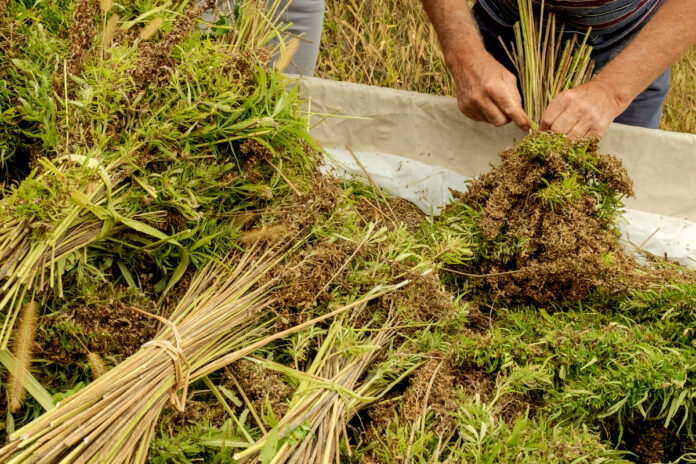WASHINGTON, D.C. – The U.S. Department of Agriculture (USDA) has released its final rule on hemp production. The rule, which incorporates feedback provided to the agency by farmers and hemp industry advocates, is set to go into effect March 22, 2021.
“With the publication of this final rule, USDA brings to a close a full and transparent rule-making process that started with a hemp listening session in March 2019,” said USDA Marketing and Regulatory Programs Under Secretary Greg Ibach. “USDA staff have taken the information [hemp farmers and advocates] have provided through three comment periods and from [farmers’] experiences over a growing season to develop regulations that meet Congressional intent while providing a fair, consistent, science-based process for states, tribes, and individual producers. USDA staff will continue to conduct education and outreach to help the industry achieve compliance with the requirements.”
Key highlights of the final rule from the agency include clarification of licensing requirements, record keeping requirements, cultivation procedures including information regarding the land used to grow, and testing procedures. The USDA also updated its requirements for disposing of non-compliant plants that test above the legal THC threshold. The agency acknowledged there currently are not enough DEA-registered labs to conduct testing. Under the final rule, non-DEA registered labs can test hemp plants until January 2022.
Reaction from hemp industry advocates seems to be mixed but hopeful.
“The rule is a clear sign that the USDA has listened to the farmers and is willing to bend,” said Jeff Greene, co-founder and director of business development for The Florida Hemp Council. “That said, it’s not perfect and there will be more room for improvement as the DEA test lab rule doesn’t even go into effect until 2022. Now that farmers have a clear direction, we need the FDA to step up and provide the final clarity to allow the cannabinoid industry a path to growth. Without that clarity, farmers can grow but if the crop isn’t in demand they will stop. Additionally, the government needs to get behind the industry with manufacturing block grants to spur innovation and additional uses for the plant.”
Attorney Dustin Robinson, founding partner at Mr. Cannabis Law and co-founder of Mr. Psychedelic Law, applauded hemp advocates and farmers for their commitment to the industry despite years of legal uncertainty.
“The improvements made in the final rule are a testament to the strength and resilience of hemp advocates and the hemp industry as a whole,” said Robinson. “The final rule is certainly not perfect but it demonstrates the federal government’s willingness and openness to work with the industry on finding solutions as we transition to a legal and regulated system. This transition has not been easy, and we have many challenges ahead. But this marks an exciting step forward for the industry.”
Although more adjustments to federal hemp regulations are possible, the road leading up to the USDA’s final rule has been long and winding. The 2018 farm bill first legalized industrial hemp but further clarification has been a slow process. Industry members—and those paying close attention to financial markets—have been eager for hemp and hemp-derived CBD to get the federal green light. While reports vary greatly, BDSA (formerly BDS Analytics) predicted the CBD market could soar as high as $20 billion in sales by 2024.










